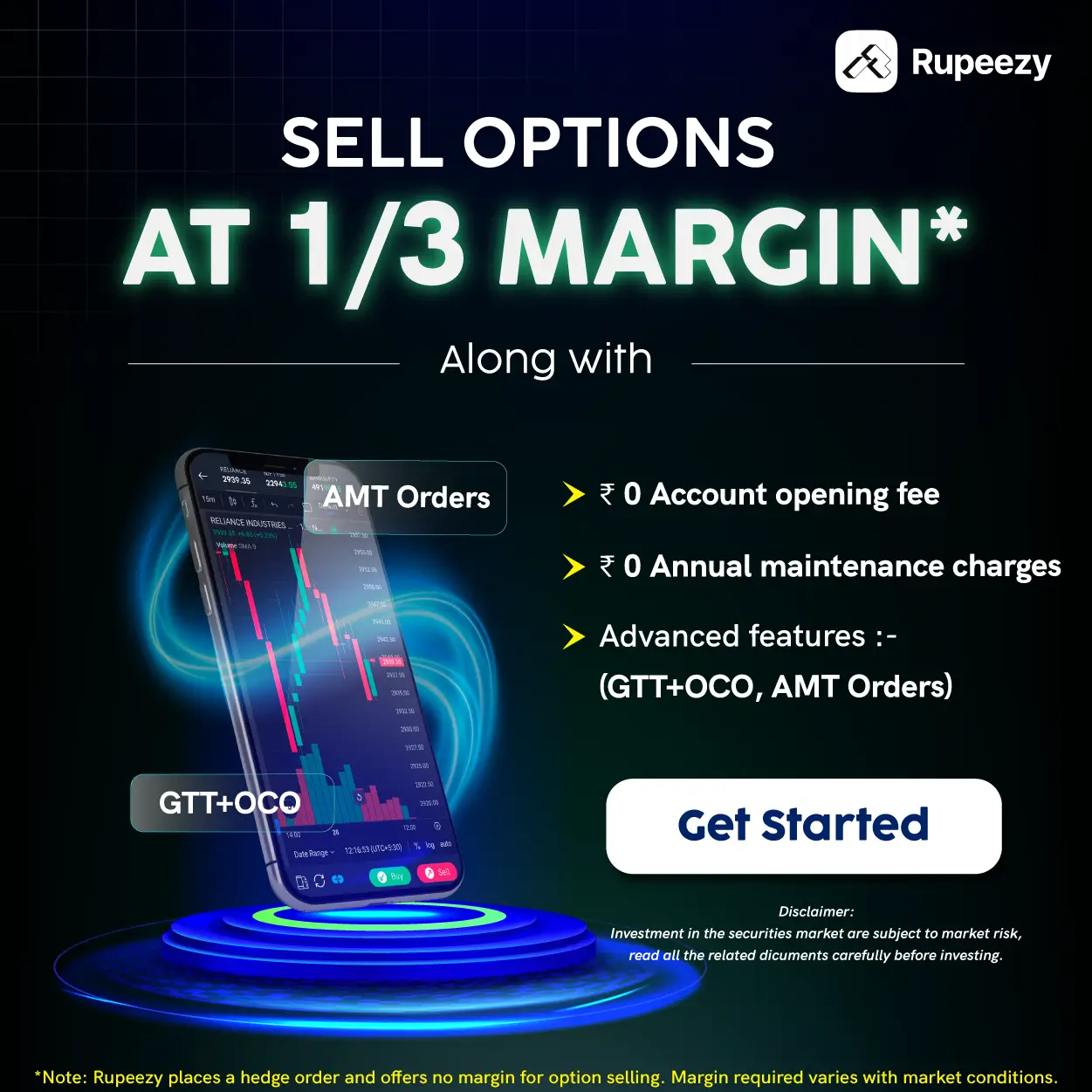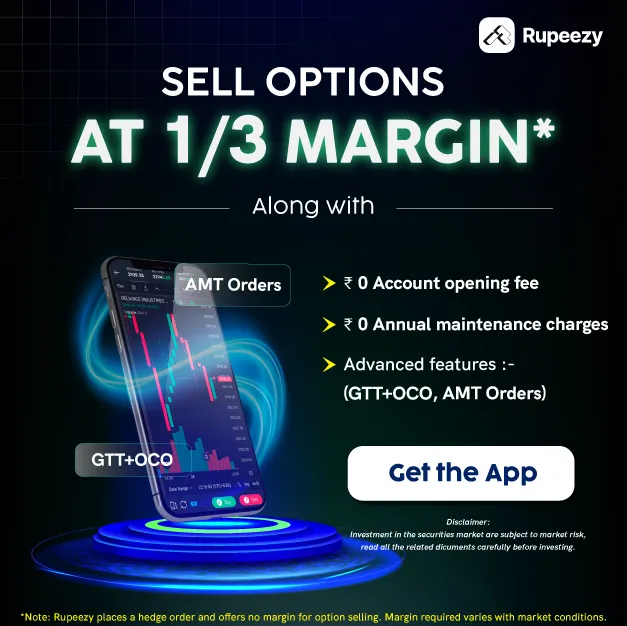Mastering the Option Greeks And Its Types: Delta, Gamma, Theta, Vega


00:00 / 00:00
Price of an option is impacted by a number of factors. Options Greeks are a set of calculations which affect the price of an options contract.
Greeks quantify the risk measures mathematically and help traders gauge how the options prices will move. With the help of Greeks, traders can make better decisions on which options they can trade in and the best time.
There are four primary Greeks used as options risk measures, Delta, Gamma, Theta and Vega.
What is Delta Option Greek?
Delta measures how options premium changes with a change in the underlying security.
Delta’s value changes between 0 and 1, at times it is also taken as 0-100 range.
Delta helps traders to predict how an options premium is expected to move for every 1 point change in the price of the underlying security.
For example, a delta of 0.2 means for every 1 point move in value of underlying, the premium will move 0.2 units. Higher the delta, higher the chances of increase in premium.
Call Options
Call options have a positive delta value, between 0 to 1.
ATM Call options have a delta around 0.5
The Delta value goes higher nearing 1 as the options value is deep ITM.
Delta moves closer to as the ITM Call option approaches expiry.
The Delta for OTM Call option nears 0 as expiry is closer.
Put Options
For Put options, Delta varies between -1 and 0 i.e.Put options have a negative correlation with Delta.
ATM Call options have a Delta of around -0.50
The Delta is near -1 as the Put option gets deeper ITM.
As the expiry nears, the Delta for ITM Put option is near -1
For OTM Put options, Delta goes closer to 0 for OTM options.
What is Gamma Greek?
Gamma measures the rate of change in Delta over a period of time. The Delta value changes with the change in underlying security, Gamma helps in predicting the rate of change and movement in future.
Delta is a variable unit that changes with the value of underlying security, Delta is a constant that gives an idea how stable Delta is and the probability if options will touch strike price at expiry.
If there are two options with the same Delta, the one with higher Gamma predicts higher risk as even a slight change in underlying will have much higher impact for a higher gamma security.
The option with higher gamma can be associated with higher volatility and higher risk.
For example, Delta of an option is 0.3. If the underlying price moves by 1 point, the call option moves 0.3 unit i.e. it moves further ITM. The Delta changes, let’s assume it is 0.45 now. The Gamma here is 0.45-0.3 i.e. 0.15.
Gamma decreases as the Delta moves closer to 1, since there is not much room for movement in the value.
What is Theta in the Greeks?
Theta measures the rate of time decay in the value of an option. As the option nears expiry, its value decreases and the chances of the option being profitable also comes down.
Time decay increases as any option is close to expiry since the probability of making a profit is lower.
Theta helps a trader determine how much the option price will decrease every day as the option approaches expiry, if all other conditions do not change.
Since Theta represents a loss in value of option with time, a Theta of say -0.5 means the option will lose o.5 points each day as expiry approaches.
For an options seller, theta is always positive as the seller earns the premium as the option loses value. Thus Theta is a helpful Greek for options sellers.
The theta movement graph is linear when the expiry is far away but it changes sharply as the expiry date approaches.
What is the Vega?
Vega is the measure of rate of change in option’s price with every one percentage point change in the Option’s Implied Volatility (IV).
Vega indicates the expected volatility in an options price whereas Delta measures actual movement in price.
When volatility falls Options sellers gain and when volatility in underlying security is high, options buyers benefit. With all other factors being constant, Vega helps traders choose the options at the right price.
What is Implied Volatility and why is it important?
Implied Volatility is the measure of market’s view on the movement of the underlying security’s price. IV helps determine the price of an options contract on the basis of supply, demand and future value.
When there are more bidders for options and bid prices are high, IV will increase. IV does not reflect the fundamental value of a security but a variable based on market sentiment and demand.
Now you can view Options Greeks for Call and Put Options from your Options chain screen next to the Strike Price and IV columns on our FLOW application.
This is part of the 1st version of Lighthouse. Lighthouse is a series of products to help our users create their options strategy.
In the 1st version we are going live with Greeks & creating strategy through options chain. These features are available on our latest app. Please check if you have the latest app version by visiting the App Store/Play Store.
What is Options Strategy: Now you can add all the orders part of a single strategy and execute in one go. You can also use Margin Trading Facility (MTF) to manage funded positions alongside your options strategies.
For that please open the options chain in our mobile application, click on any option and add that option to the strategy. This can be treated as a temporary basket for all the orders part of a single strategy.
For more information on how to view Greeks and new features, visit our Support Page.
The content on this blog is for educational purposes only and should not be considered investment advice. While we strive for accuracy, some information may contain errors or delays in updates.
Mentions of stocks or investment products are solely for informational purposes and do not constitute recommendations. Investors should conduct their own research before making any decisions.
Investing in financial markets are subject to market risks, and past performance does not guarantee future results. It is advisable to consult a qualified financial professional, review official documents, and verify information independently before making investment decisions.

All Category









